Gjorde några mallar på bakluckorna först för att få en bra passform. Sedan hittade tyvärr inga bitar av Swamp ash så det fick bli rester från en topp av flammig lönn. Vilket funkande, rent estetiskt också. Provade först med att fräsa ut en lucka av svart plast vilket jag kasserade. Tyckte att det blev snyggare med träluckor. Förövrigt så gav fräs-arbetet av plastmaterialet en ny erfarenhet. Jag använde INTE dammsugaren då jag fräste plasten vilket hade till följd att plastspånet kom ut precis över allt i verkstaden. Råga på allt så var skiten statisk. Så det var ett h-l-v-te att få bort det från kläderna, bordet och golvet. Det vägrade att följa med både borste och dammsugare. Så nästa gång jag gör plektrumskydd eller bakluckor av plast så skall dammsugaren vara på.
Tillverkning av bakluckor
By Michael Käppi|2019-02-28T13:56:43+01:00October 26th, 2011|Categories: Ongoing...|Tags: Guitar No7|2 Comments
About the Author: Michael Käppi
Michael Käppi is an amateur luthier at his spare time. On this blog, he expresses his love for guitars and desire to build them. Here you can follow ongoing projects as they progress, find tips & tricks, as browse the details on previous work etc. Stay tuned for more...
Related Posts
2 Comments
Leave a ReplyCancel reply
This site uses Akismet to reduce spam. Learn how your comment data is processed.


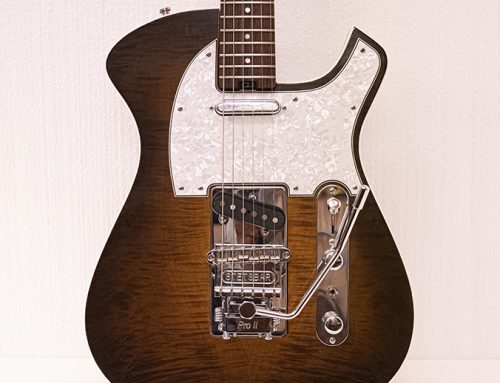
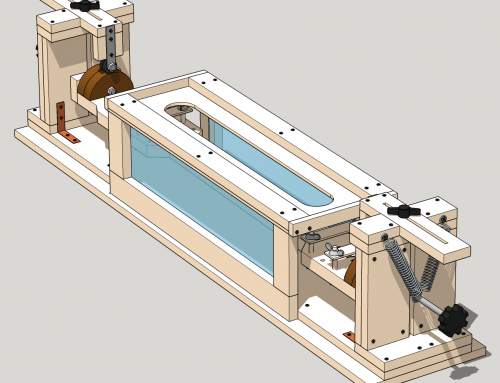
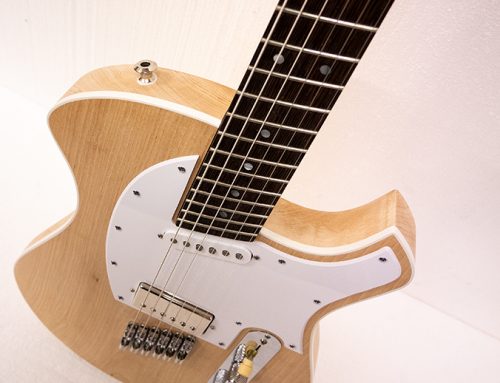
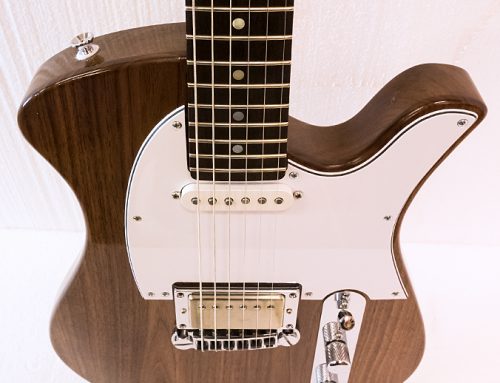
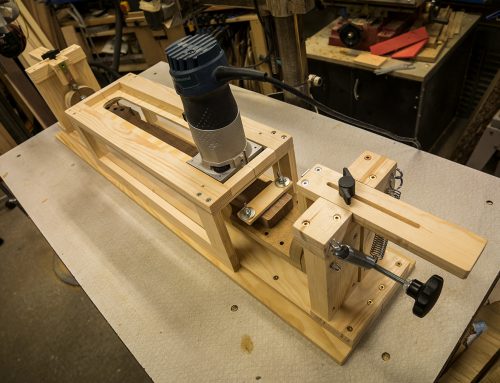


lol – I decided to re-do the binding on a Telecaster once, figured the easiest way to both remove the old binding and insure the channel had a “proper cut” for the new binding was to simply use the router on it with the binding cutter set correctly.
And tiny flakes of plastic blasted EVERYWHERE. It was like a blizzard. And yes – they generate their own static field! Even here in Florida where the humidity is generally off the scale I have issues with my router and static.
Love your work – very nice!
Thanks Vancod! 🙂